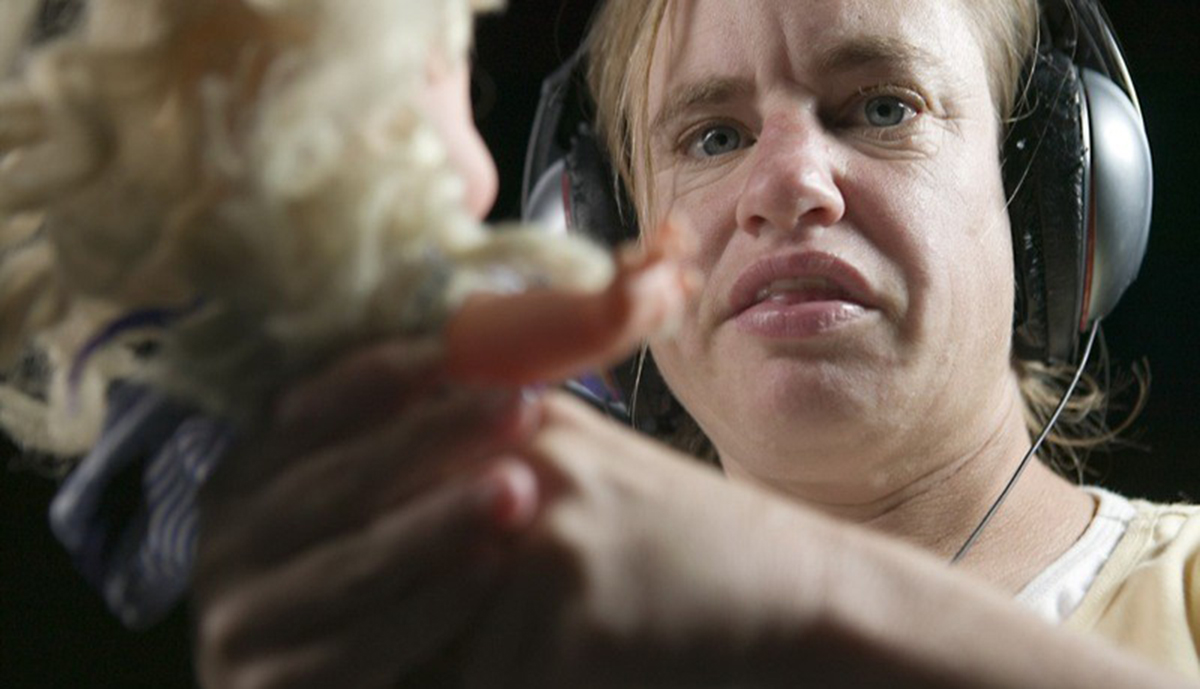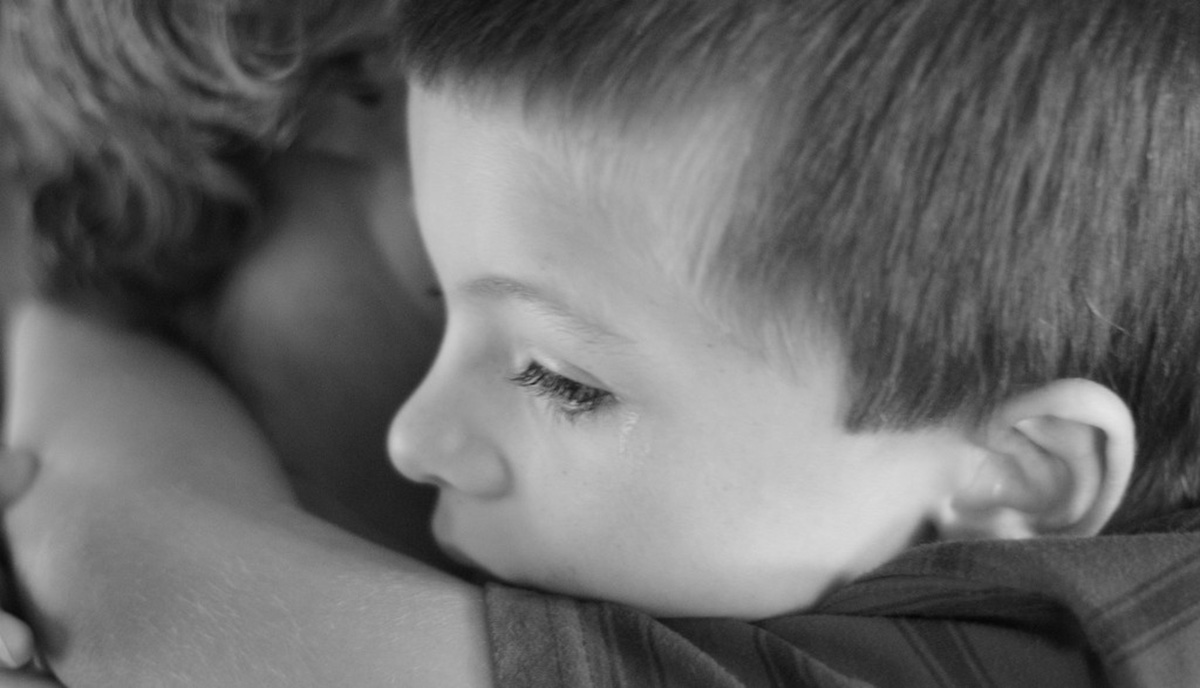Autism nowadays
There are certain diseases that are difficult to describe, to classify, to treat, to cure and to live with. Autism is one of them. People suffering from autism are usually under or misdiagnosed, but even when diagnosis is correctly done, it is very difficult to cope with an illness that is hard to understand for both the patient and the family.

Nowadays, there are several approaches to treat patients with autism thanks to better diagnostic strategies. It is possible now to start treatment at a early age, improving the abilities of the child with autism and avoiding other problems, related to this disease, such as depression and self-injury.
What is autism?
Autism refers to a diverse group of disorders known in conjunction as “autism spectrum disorders” (ASD).
A specific gene related to the disease has not been identified though, and it has been very difficult for geneticists to completely understand how autism is inherited and which genes are involved in the development of the disease.
It is known that children of women that were under treatment with antiepileptic medication during pregnancy have a higher risk of being autistic. Vaccination has also been a focus of concern regarding autism development; however, there is plenty of evidence that has established no relation between vaccination and the risk of autism.
Some of these include problems with social interaction and communication: children with ASD usually avoid eye contact, they stare into space and ignore people around them, they get upset very easily, especially when their routine is disturbed and they show repetitive behaviours. It is not common for them to have friends and they don’t pay attention to other people’s feelings; sometimes, children with autism also show aggressive behaviour that can harm themselves and others.
Apart from this, autistic children can also develop neurological symptoms, including seizures, insomnia or abnormal sleeping patterns and movement disorders that are detected in their impairment to perform tasks such as writing or riding a bike.
Diagnosing autism
The American Psychiatric Association(APA) is the organization that sets the parameters to diagnose autism in the U.S.
See Also: Is Autism Treatable?
These classification sounds complicated but it has really improved the diagnosis of ASDs. Depending on the symptomatology and the age of the patient when symptoms are first detected, is the type of autism that the child will be diagnosed with. For example, kids with Asperger syndrome, contrary to those suffering from autistic disorder, have normal language development but share similar features of AD, including the tendency to be alone all the time and to be focused on just one thing or situation; they have a hard time understanding jokes and they usually follow very strict rules or routines.
PDD-NOS is diagnosed when the child shows some autistic symptoms but does not meet the full criteria for an autism diagnosis.
Improving The Life Of children With Autism
Autistic children, as well as their families, require specialized assistance in order to first, understand the disease, and then, make it easier for the patient to get involved in society and have a good quality of life.

There is a wide variety of therapies and treatments for autistic children, but some of them may be expensive and/or not available. Also, there is no general treatment that can be taken by all patients; usually, therapies have to be personalized, depending on the symptomatology that the child has and his or her immediate needs. For example, a 6 year old might need to improve social skills with other children, while an 18 year old might also need some strategies to be able to get into higher education or a job.
The first steps: social and communication skills
Early interventions are aimed for young children, usually below 5 years of age. These therapies are intensive sessions (20 to 40 hours per week, for 1 to 4 years) and can be taken at a specialized school or at home, on a one to one child to adult basis.
At the same time and also during adolescence and adulthood, shorter and more specialized interventions can be chosen, depending on the abilities of the patient.
Also, in the case of adults, special training sessions for job seeking or transition to university can be taken.
Since anxiety and aggression are very common behaviors in patients with autism, there are also approaches to control these behaviors. But when neurological problems such as repetitive behaviors, hyperactivity and sleeping disorders are present, it might be necessary for the patient to take medication to manage these symptoms.
Parents also need to get involved in the treatment. Autism is not an easy illness to deal with, especially because children hardly communicate with others or they just can't do it at all. Parents need to get to know their child and how to approach him or her in order to build a relationship and help in the child's involvement with society.
See Also: In Autism, Genes Do not Tell the Whole Story: Environmental Factors Have to Be Taken More Seriously
Help for patients with autism and their families
Medical and civil associations often offer support to families of children with autism and have several programs of social involvement and development of abilities. For example, in the U.S., the National Autism Association offers help for both patients and their families. They have support groups and reading material that can help in finding the right therapy for patients. The U.S. Autism and Asperger Association also provides information on the range of available therapies for those with autism as well as information on other national and local associations that might be helpful in their treatment.
- Brentani, H., et al. (2013). "Autism spectrum disorders: an overview on diagnosis and treatment." Revista Brasileira de Psiquiatria 35: S62-S72
- Lai, M.-C., et al. "Autism." The Lancet 383(9920): 896-910
- Miles, J. H. (2011). "Autism spectrum disorders: A genetics review." Genet Med 13(4): 278-294.
- Photo courtesy of melody hansen by Flickr : www.flickr.com/photos/melodygates/2441928291
- Photo courtesy of Lance Neilson by Flickr : www.flickr.com/photos/wactout81/4846820954


Your thoughts on this